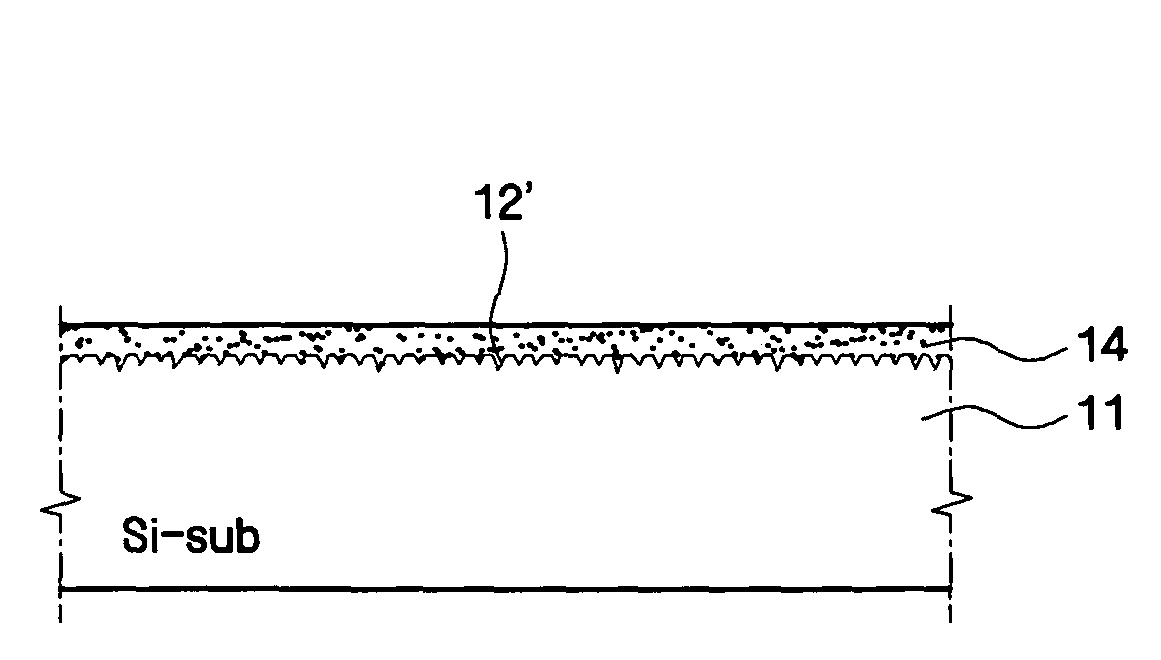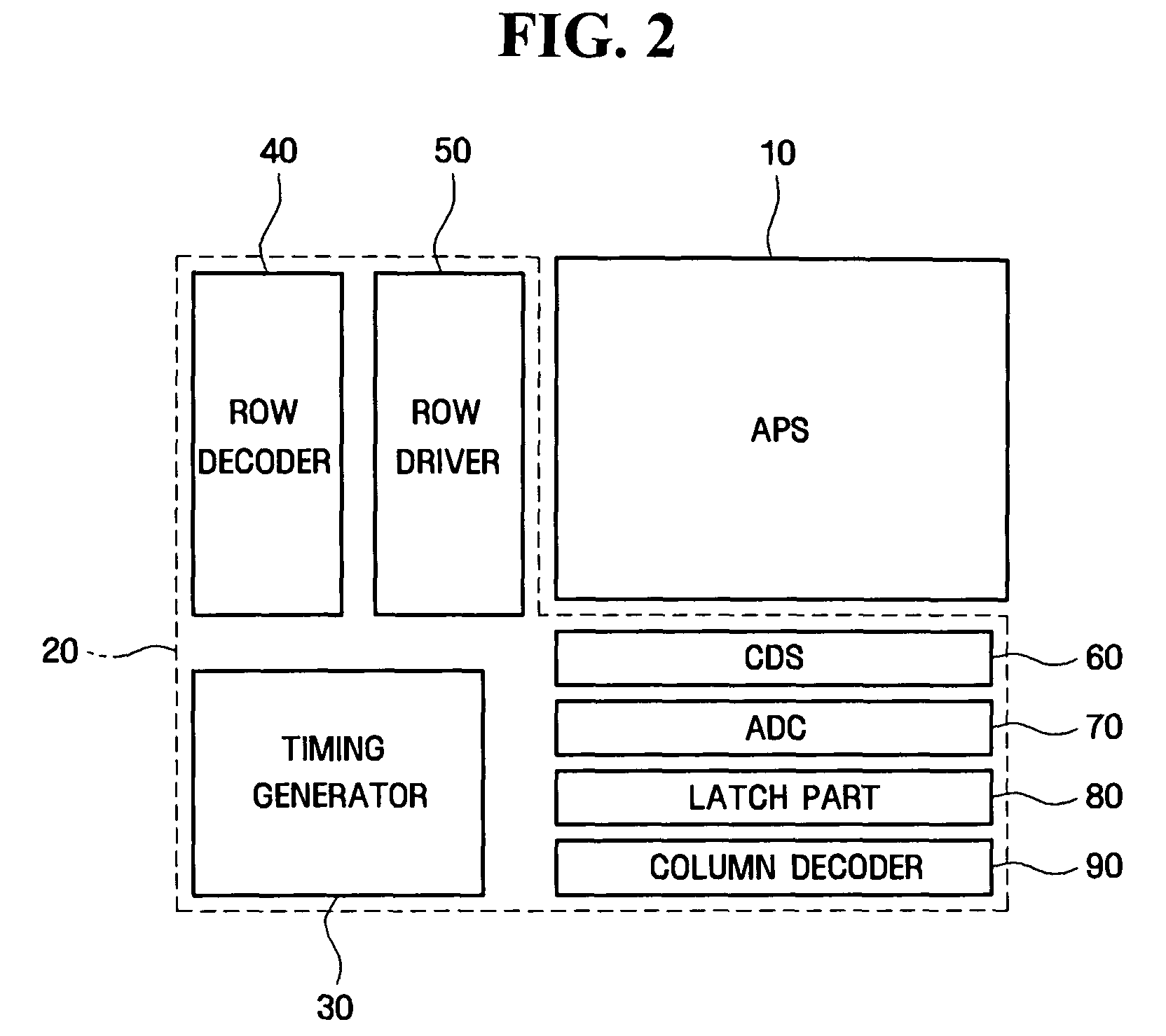Treatment method for surface of substrate, method of fabricating image sensor by using the treatment method, and image sensor fabricated by the same
a technology of substrate surface and treatment method, which is applied in the direction of electrical equipment, radio frequency control devices, semiconductor devices, etc., can solve the problems of light entering the micro-lens at an angle that may not reach the density of the cmos image sensor may be increased, and the limitation of the active pixel sensor array region. , to achieve the effect of reducing the quantity of light entering the photoelectric transformation unit, and reducing the quantity of ligh
- Summary
- Abstract
- Description
- Claims
- Application Information
AI Technical Summary
Benefits of technology
Problems solved by technology
Method used
Image
Examples
Embodiment Construction
[0025]Advantages and features of example embodiments and methods of accomplishing the same may be understood more readily by reference to the following detailed description of example embodiments and the accompanying drawings. Example embodiments may, however, be embodied in many different forms and should not be construed as being limited to the embodiments set forth herein. Rather, these embodiments may be provided so that this disclosure will be thorough and complete and will fully convey the concept of example embodiments to those skilled in the art, and example embodiments will only be defined by the appended claims. In the drawings, the thickness of layers and regions may be exaggerated for clarity.
[0026]It will be understood that when an element or layer is referred to as being “on” or extending “onto” another element, it can be directly on or extend directly onto the other element or intervening elements may also be present. In contrast, when an element is referred to as bei...
PUM
| Property | Measurement | Unit |
|---|---|---|
| temperature | aaaaa | aaaaa |
| temperature | aaaaa | aaaaa |
| thickness | aaaaa | aaaaa |
Abstract
Description
Claims
Application Information
 Login to View More
Login to View More - R&D
- Intellectual Property
- Life Sciences
- Materials
- Tech Scout
- Unparalleled Data Quality
- Higher Quality Content
- 60% Fewer Hallucinations
Browse by: Latest US Patents, China's latest patents, Technical Efficacy Thesaurus, Application Domain, Technology Topic, Popular Technical Reports.
© 2025 PatSnap. All rights reserved.Legal|Privacy policy|Modern Slavery Act Transparency Statement|Sitemap|About US| Contact US: help@patsnap.com



